Archives
- 2025-12
- 2025-11
- 2025-10
- 2025-09
- 2025-03
- 2025-02
- 2025-01
- 2024-12
- 2024-11
- 2024-10
- 2024-09
- 2024-08
- 2024-07
- 2024-06
- 2024-05
- 2024-04
- 2024-03
- 2024-02
- 2024-01
- 2023-12
- 2023-11
- 2023-10
- 2023-09
- 2023-08
- 2023-06
- 2023-05
- 2023-04
- 2023-03
- 2023-02
- 2023-01
- 2022-12
- 2022-11
- 2022-10
- 2022-09
- 2022-08
- 2022-07
- 2022-06
- 2022-05
- 2022-04
- 2022-03
- 2022-02
- 2022-01
- 2021-12
- 2021-11
- 2021-10
- 2021-09
- 2021-08
- 2021-07
- 2021-06
- 2021-05
- 2021-04
- 2021-03
- 2021-02
- 2021-01
- 2020-12
- 2020-11
- 2020-10
- 2020-09
- 2020-08
- 2020-07
- 2020-06
- 2020-05
- 2020-04
- 2020-03
- 2020-02
- 2020-01
- 2019-12
- 2019-11
- 2019-10
- 2019-09
- 2019-08
- 2019-07
- 2019-06
- 2019-05
- 2019-04
- 2018-11
- 2018-10
- 2018-07
-
7-Ethoxyresorufin The current study showed that the tested n
2020-02-21
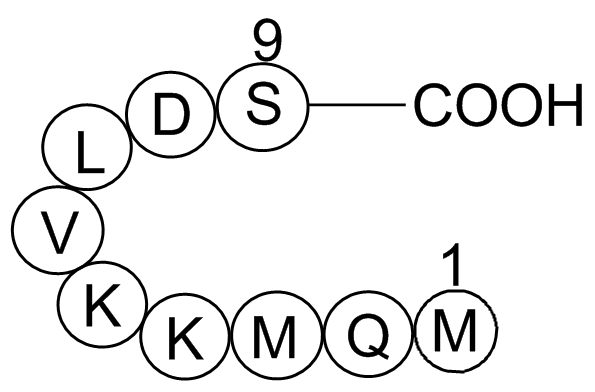
The current study showed that the tested nonselective COX inhibitors potentiated the neuronal (EFS) and endothelial (ACh)-dependent relaxation of rat corpus cavernosum. Indomethacin was the most effective among them in potentiating EFS-induced relaxation. Diclofenac was the most effective in potenti
-
Pemetrexed disodium hemipenta hydrate br E mediated E discha
2020-02-20
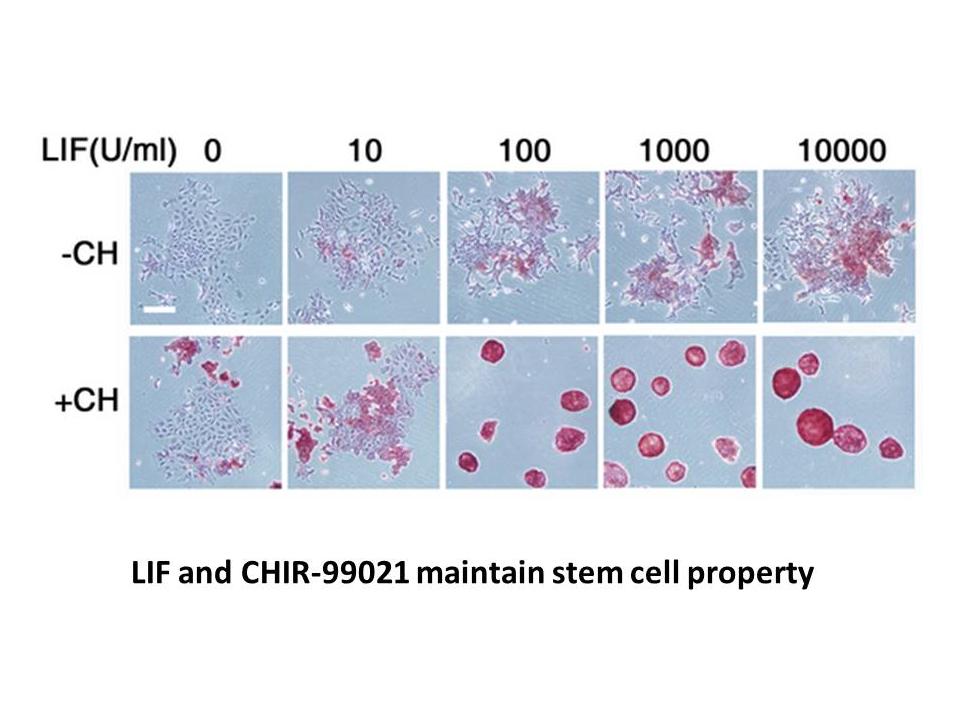
E3-mediated E2 discharge E3 ligases simultaneously interact with the substrate and the SUMOD charged E2 enzyme to catalyze the discharge of the thioester-bound SUMOD from the E2 to the substrate. E3 interaction with SUMOD via a SIM results in a closed conformation which is highly reactive and lea
-
br Materials and methods br Results
2020-02-20
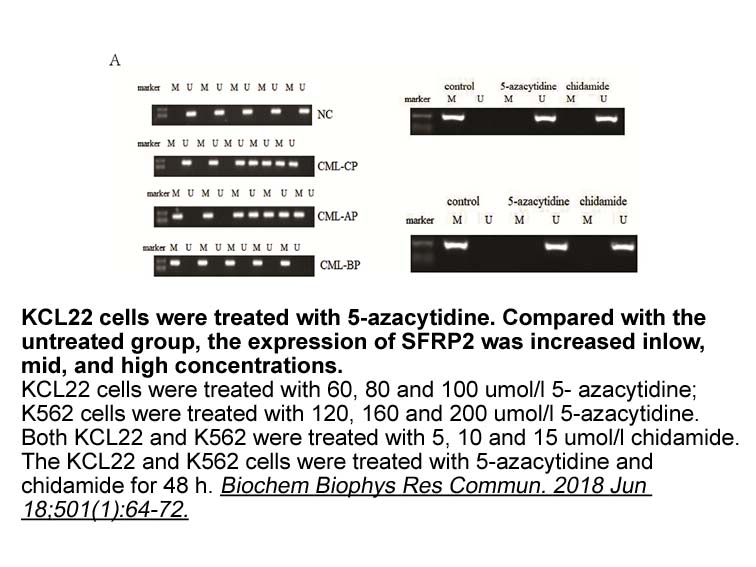
Materials and methods Results Discussion DNA-PKcs and the Ku heterodimer (Ku70 and Ku80) constitute the DNA-PK complex, which is a serine/threonine kinase. DNA-PK phosphorylates H2AX and other substrates, such as main NHEJ factors (Artemis, XRCC4, and DNA ligase IV) [4]. Therefore, DNA-PK d
-
br Conclusion br Acknowledgments This work was supported
2020-02-20
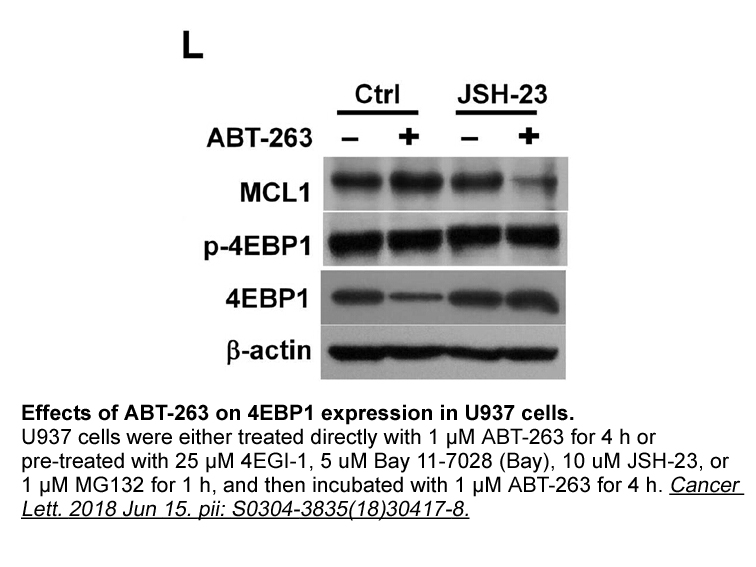
Conclusion Acknowledgments This work was supported by Progetto PON - “Ricerca e Competitività 2007–2013” - PON01_01802: “Sviluppo di molecole capaci di modulare vie metaboliche intracellulari redox-sensibili per la prevenzione e la cura di patologie infettive, tumorali, neurodegenerative e lor
-
br Conflict of interest br
2020-02-20
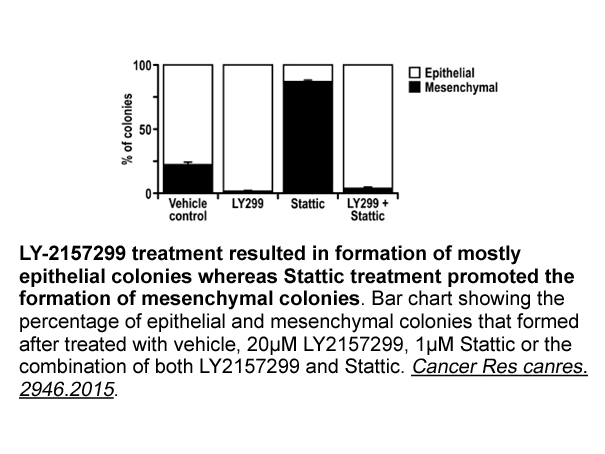
Conflict of interest Acknowledgments This work was supported in part by grants from the , Spain (INCITE08PXIB203092PR). VGM was supported by a FPU pre-doctoral scholarship from the , Spain. MLR was supported in part by a crowdfunding campaign (PRECIPITA), coordinated by the Spanish Foundation
-
br Conclusion br Introduction br CRL E ligases
2020-02-20
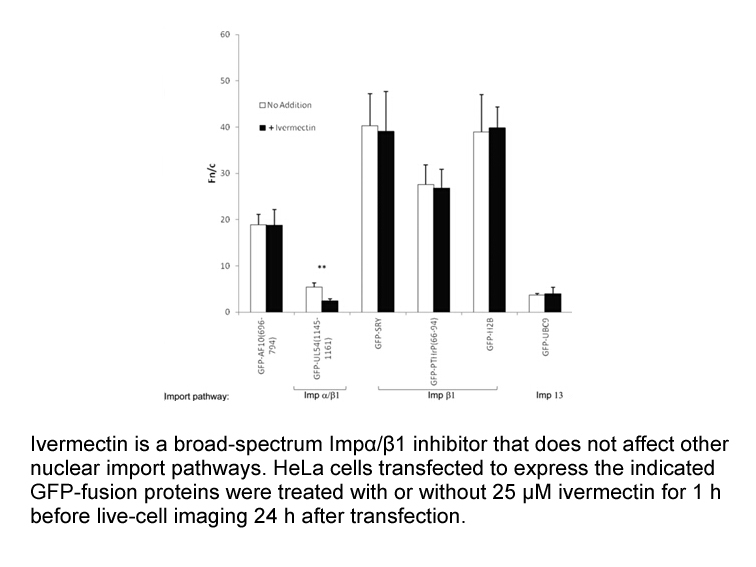
Conclusion Introduction CRL4 E3 ligases in tumorigenesis Small molecule-based PROTACs PROTAC: Major biological impacts Acknowledgements The authors sincerely apologize to all those colleagues whose important work was not cited in this paper owing to space limitations. They thank th
-
A An optimized BEI SEIscore based on the
2020-02-20
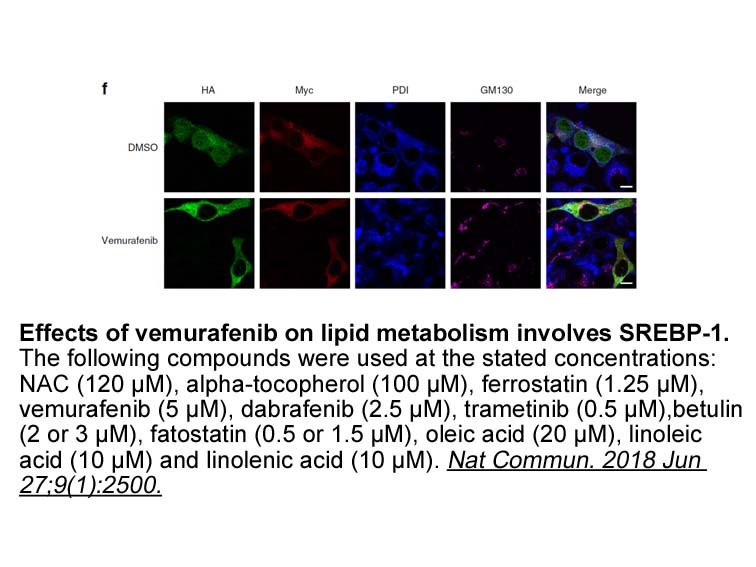
(A) An “optimized BEI-SEIscore” based on the trends, emerged from the statistical analysis of several optimization studies in pharmaceutical industry (Abad-Zapatero, 2007, Abad-Zapatero and Blasi, 2011). This type of optimized scores has been used in many previous studies. Ki=1nM at 300° K, compare
-
br Materials and methods br Results
2020-02-20
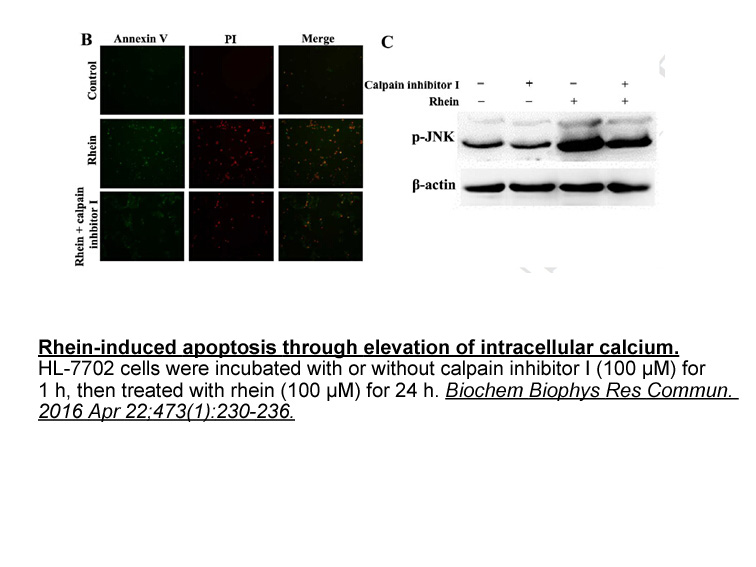
Materials and methods Results Discussion In this paper, we have demonstrated application of the glmS ribozyme reverse genetic tool for chemogenomic profiling in Plasmodium spp. This tool can provide robust attenuation of expression for different target genes, across different strains varyin
-
br Cysteine proteases as molecular targets for
2020-02-20
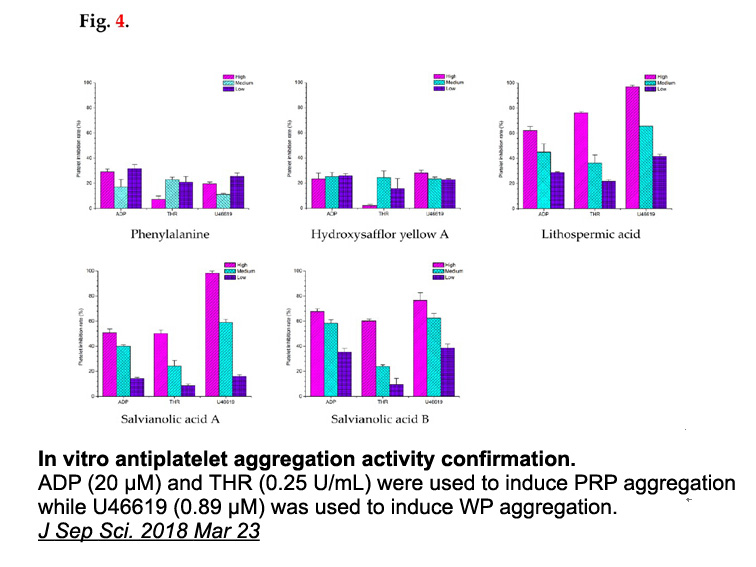
Cysteine proteases as molecular targets for trypanosomatid diseases Approaches relying on a molecular target, such as SBDD and target-based screening, have supported outstanding scientific developments in current pharmaceutical R&D. By integrating experimental and computational methods, these str
-
Although the phase I clinical trial of LMB was
2020-02-19
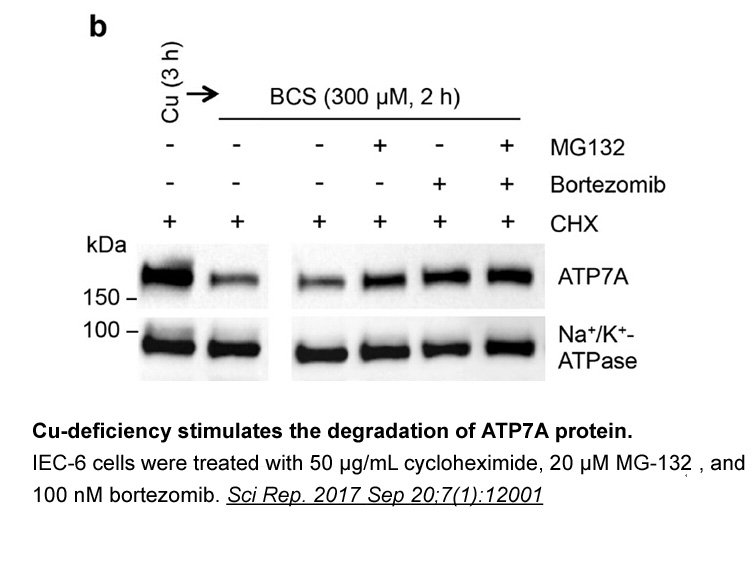
Although the phase I clinical trial of LMB was unsuccessful, the detailed review of this trial only mentions some malaise and anorexia as side effects, which are common for most effective chemotherapeutic drugs. These side effects may diminish if lower doses are administered. In view of the novel CR
-
Asteroids can provide an abundant supply of other resources
2020-02-19
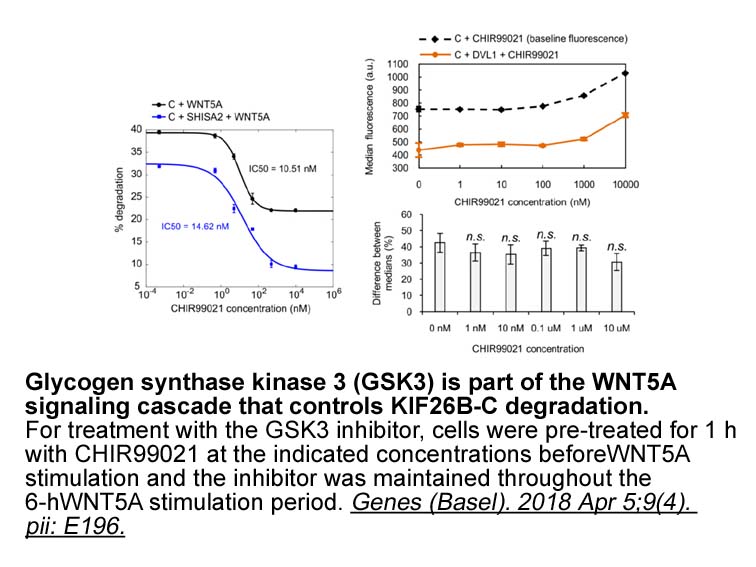
Asteroids can provide an abundant supply of other resources, such as carbon, nitrogen, or calcium compounds, but will only be useful once the space economy is sufficiently developed to provide economically interesting uses for them. Others, such as titanium or aluminium, also exist in asteroids, but
-
br Materials and methods br Results
2020-02-19
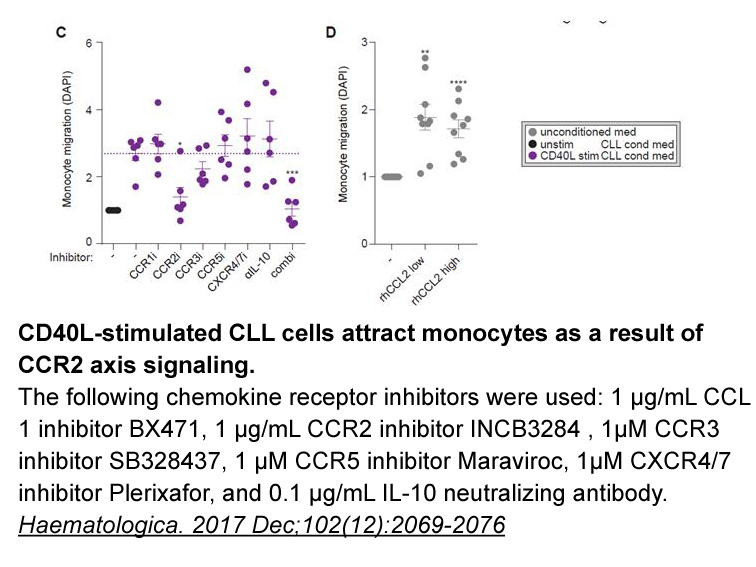
Materials and methods Results and discussion Conclusions In this study, we have investigated the possibility that hierarchical phosphorylation by CK2 may play a role in cellular signal transduction. Hierarchical phosphorylation by CK2 requires multiple consensus determinants with specific s
-
To our knowledge this study is the first
2020-02-19
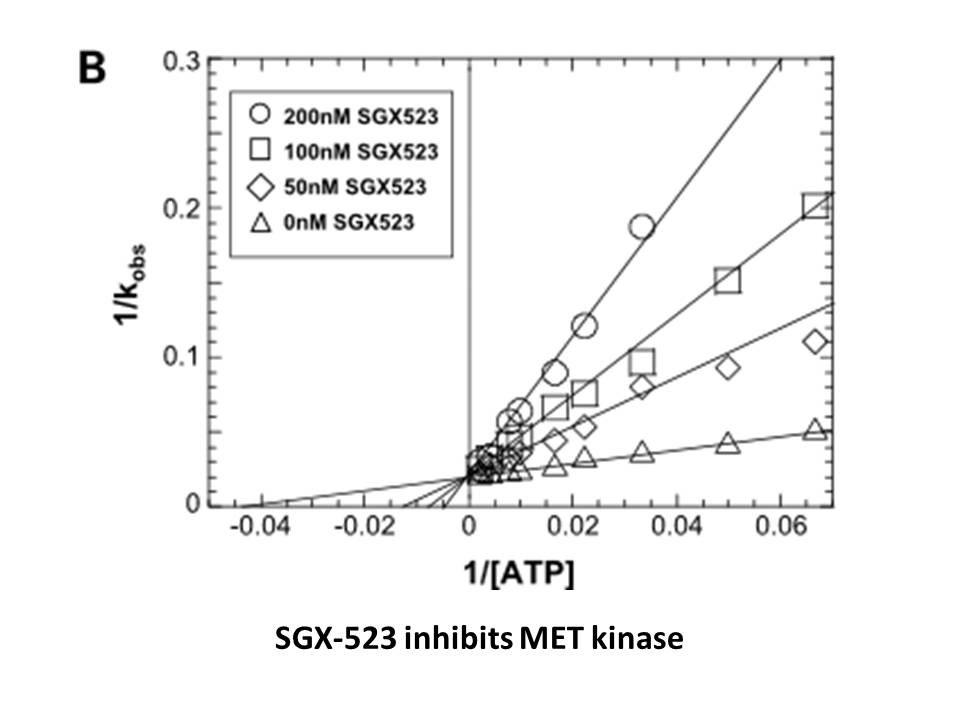
To our knowledge, this study is the first to construct a whole-body transcriptome of D. variabilis. Most of the data currently accessible in NCBI are derived from a midgut EST database consisting of 1679 transcripts (Anderson et al., 2008) and about 20,000 mRNA sequences from the testis-vas deferens
-
br Acknowledgements This work was supported
2020-02-19
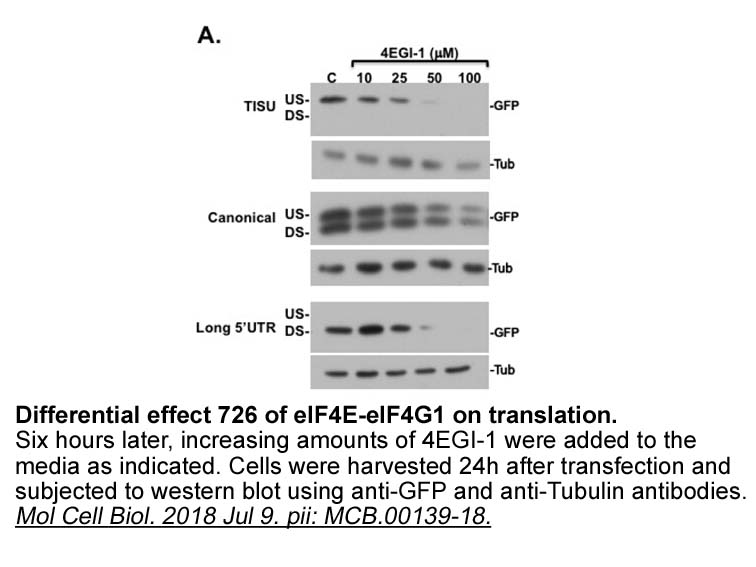
Acknowledgements This work was supported in part by JSPS KAKENHI Grant Number 26292031. Introduction The Cys-loop receptors constitute an important superfamily of ligand-gated ion Chloramphenicol (LGICs) and mediate synaptic transmission in both invertebrate and vertebrate nervous systems (J
-
In some pancreatic and non pancreatic tissues
2020-02-19
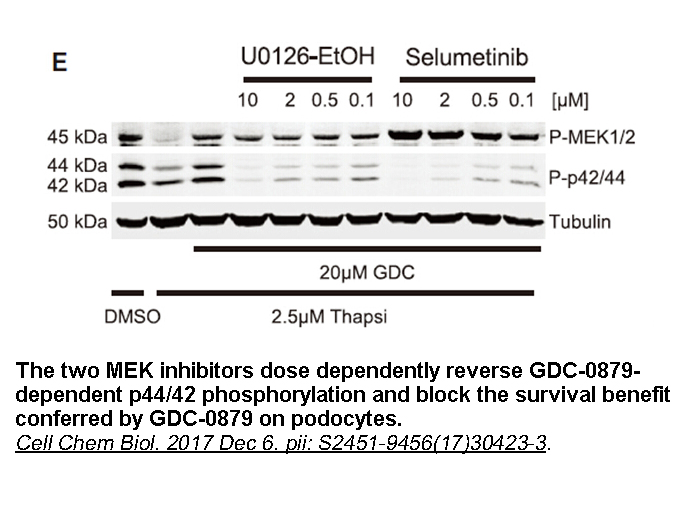
In some pancreatic and non-pancreatic tissues, the chloride and calcium channels are heavily regulated by phosphorylation by protein kinases, such as PKC, cyclic AMP-dependent protein kinase (PKA), PKCaMKII, PI3K and protein tyrosine kinases [7,36,37]. Since the interaction of triterpenes with recep
15751 records 865/1051 page Previous Next First page 上5页 861862863864865 下5页 Last page